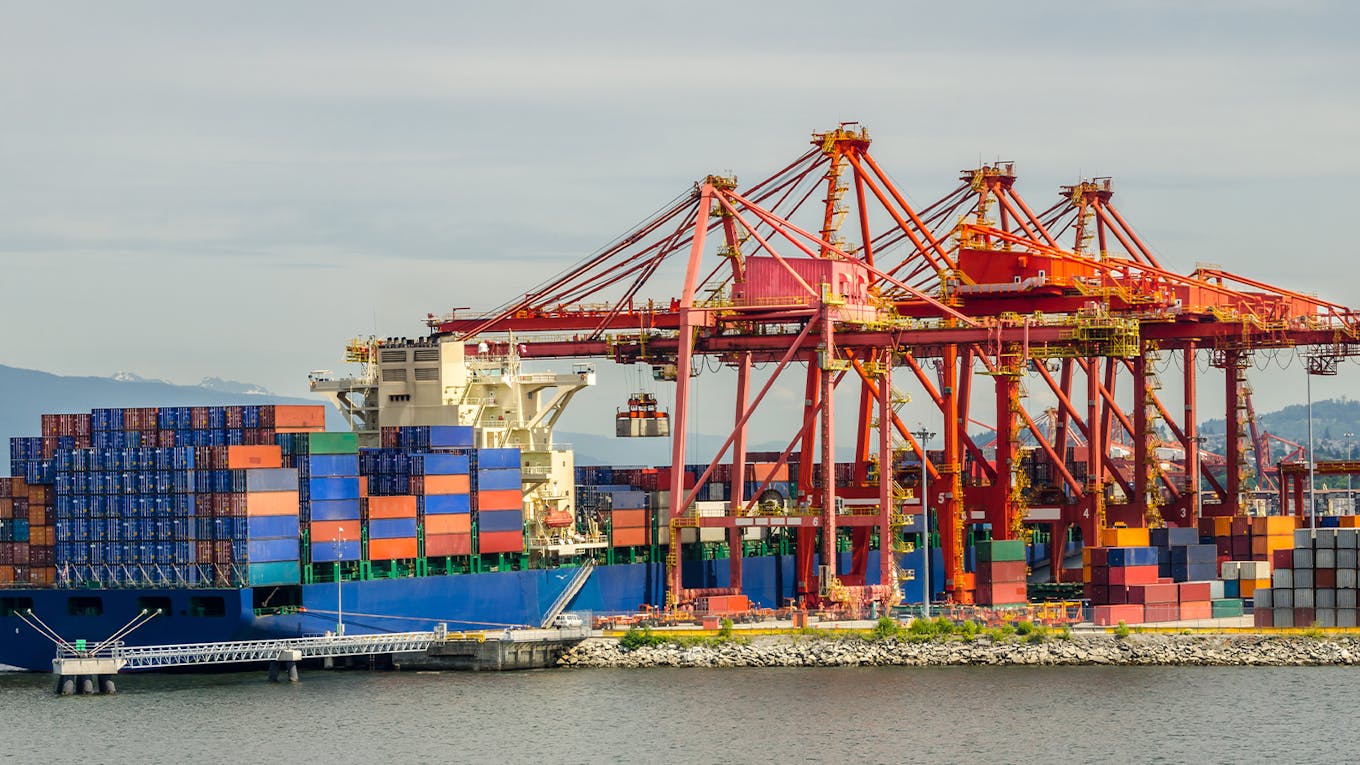Unlocking the economic potential of trade
Policy Pillar: Trade and Market Access

The Canadian federation is complex with much variation between provinces in laws, regulations, permits, licences and other rules. Differences impede interprovincial trade flows and labour mobility, increase operational costs, reduce efficiency and limit investment. They also reduce consumer choice and lower Canada’s productivity.
The cost of interprovincial trade barriers is close to 4 per cent of Canada’s gross domestic product, or the equivalent of about $2,000 increased income per person each year.
While the work to reduce interprovincial trade barriers necessarily focuses on provincial regulations, the federal government also has a vital role. As an example, the Red Seal Program, which sets common standards for certification of many skilled trades, was developed by the federal and provincial governments working together with industry. This program provides a framework to allow the workforce to move more freely across provincial borders.
As a trading nation, Canada must also facilitate access to emerging international markets for both traditional and non-traditional industries. We need to build on this success by strengthening global free trade and partnerships, particularly given the supply chain disruptions Canada has experienced over the past year due to the COVID-19 pandemic.
From challenge to change
Dismantling trade barriers to facilitate the movement of people and goods is a top priority. The Calgary and Edmonton Chambers of Commerce have developed a series of next steps governments must take to eliminate trade barriers and drive growth:
- Continue to remove interprovincial trade barriers through the Canadian Free Trade Agreement (CFTA) and accelerate the progress of the Regulatory Reconciliation and Cooperation Table (RCT) to ensure trade barriers within Canada are eliminated.
- Establish a task force to provide direction and strategic support to provinces in dismantling interprovincial trade barriers and pursuing bilateral or multilateral trade agreements.
- Work with industry and provinces to replicate the success of the Red Seal program to facilitate the free movement of all skilled labour across the country by developing consistent and harmonized recognition for professions with specific certifications across provinces.
- Leverage existing agreements such as the New West Partnership Trade Agreement between the provinces of British Columbia, Alberta, Saskatchewan and Manitoba.
- Increase investments in export and trade-enabling infrastructure and create a regulatory environment that encourages the fluid movement of goods across Canada and supports private investment in such infrastructure.
- Promote exports and minimize risk by finding opportunities to access new and diverse markets, particularly for small businesses.
Choosing a trade-friendly future
This election, we encourage you to dive deeper into the issues that matter and exercise your democratic right to vote. Together, Canadians have the power to choose a future that is prosperous, thriving and connected.
Read our full platform to learn more about our policies and recommendations for facilitating trade and market access, and join the conversation.




